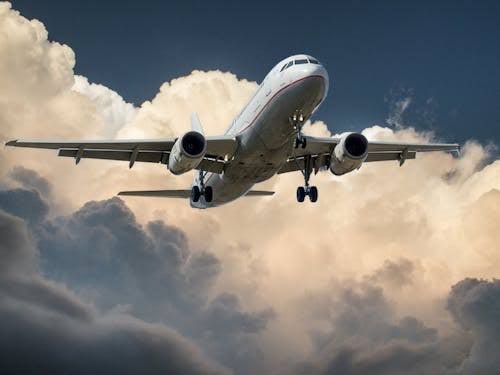October 14, 2024, was supposed to be a routine day for Air India Flight 119, a 16-hour nonstop journey from Mumbai to New York. But just after takeoff, a sudden bomb threat turned the evening into a high-pressure situation for the crew.
With 340-350 tonnes of passengers, baggage, and cargo on board, the Boeing 777 was significantly over its maximum landing weight of 250 tonnes. The stakes were high, and every minute counted.
In the cockpit, the flight crew faced a critical decision: they needed to quickly reduce the plane’s weight to ensure a safe landing. That’s when they turned to an unusual but vital procedure – fuel dumping.
Also known as fuel jettison, this emergency measure involves releasing excess fuel from the aircraft’s wings while in flight, allowing it to vaporize in the atmosphere. Modern aircraft like the Boeing 777 are equipped with advanced fuel jettison systems, capable of dumping thousands of liters of fuel per second.
The crew activated the system, and the fuel began to flow out of the wingtips. It was a calculated move, designed to minimize risk and protect the lives of everyone on board.
But why dump fuel in the first place? The answer lies in aviation safety regulations. Aircraft have strict weight limits for takeoff and landing, and exceeding those limits can lead to catastrophic consequences.
In this case, the Boeing 777 had taken off with a substantial fuel load, equivalent to the weight of three elephants. By dumping excess fuel, the crew reduced the plane’s weight, ensuring a safer landing.
As the fuel vaporized in the atmosphere, the aircraft began its emergency diversion to Delhi. The crew’s swift decision had averted a potential disaster, prioritizing safety over fuel costs.
The successful emergency landing was a testament to the crew’s training and expertise. Fuel dumping may seem counterintuitive, but it remains a crucial safety measure in aviation, protecting passengers and crew in times of crisis.
Source: India Today





